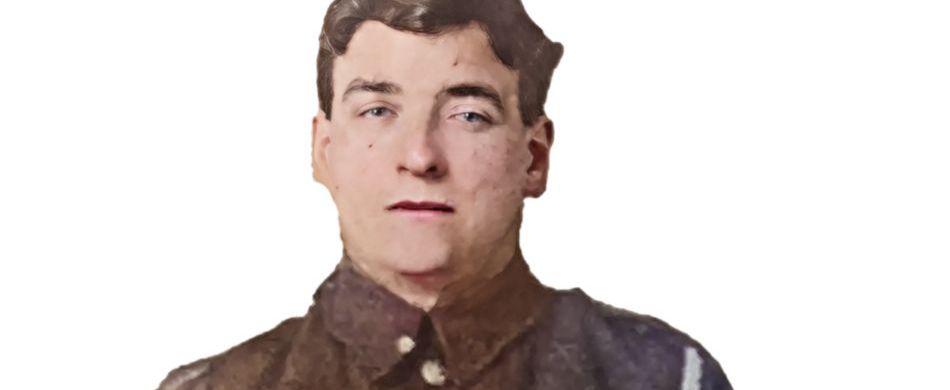Dear Friend,
Since 1858, the Medical Archive of the Sanctuary of Lourdes has documented over 7,500 cases of pilgrims who voluntarily reported experiencing healing through the intercession of Our Lady. However, the Catholic Church applies a rigorous and meticulous process to evaluate these cases, making official recognition exceedingly rare. To date, only 71 healings have been officially recognized as miracles. The most recent, acknowledged last December, occurred more than a century ago – the sudden and complete recovery of British sailor John Traynor. His story is a testament to hope and faith prevailing against all odds.
Traynor, born in Liverpool in 1883, served in the Royal Navy, and was severely wounded during the Gallipoli campaign in 1915. A bullet to the head left him suffering from violent epileptic seizures, while another shattered his shoulder, rendering his right arm useless. Further injuries led to partial paralysis in both legs, confining him to a life of crutches, medical care, and worsening disability.
By the early 1920s, doctors had abandoned all hope of improvement. Yet, in July 1923, despite his deteriorating health and constant convulsions, Traynor insisted on joining Liverpool’s first official pilgrimage to Lourdes. His family and caregivers feared he would not survive the journey, but he remained determined and was carried onto the train, unable to walk or sit unaided.
On the morning of July 25, 1923, Traynor was immersed in the Lourdes baths. A strange warmth spread through his body, and he later recalled a tingling sensation in his paralyzed legs. That evening, he attended the Eucharistic Procession, where priests carried the Blessed Sacrament through the crowds. As the Eucharist was lifted in blessing, Traynor felt an overwhelming force surge through him. To the astonishment of all present, he stood up on his own.
Not only did he walk unaided for the first time in years, but his lifeless right arm regained full movement. Even more remarkably, his crippling seizures ceased immediately. He returned to Liverpool a transformed man, stepping off the train without assistance, leaving his family and doctors in disbelief. His epilepsy never returned.
Rather than keeping his gratitude private, Traynor devoted the rest of his life to serving others. He returned to Lourdes every year as a volunteer, assisting sick pilgrims seeking healing and hope. He also took on physically demanding work of delivering coal – an unimaginable task before his recovery. He went on to live another 20 years, passing away in 1943 from an unrelated illness.
Now, after more than a century of investigation, on December 8, 2024, the feast of the Immaculate Conception, the Shrine of Lourdes officially recognized its 71st miracle, making John Traynor the first Briton to receive such recognition.
This official act not only confirms a healing beyond medical explanation, but also serves as a powerful reminder that miracles do happen. They are not merely unexplained phenomena, but visible signs of divine intervention, demonstrating the power of faith, the strength of prayer, and God’s infinite mercy.
Throughout history, miraculous healings, conversions, and divine manifestations have provided hope to the afflicted, guidance to the faithful, and testimony to those who doubt. They are more than isolated wonders; they are expressions of divine providence, reminding us that Heaven is not distant, but actively engaged in our lives. Through them, the faithful find renewed strength, the suffering find consolation, and the world is reminded that God’s hand is still at work, guiding His people toward eternal salvation.
We should never cease seeking the intercession of Mary or St. Anthony in our times of difficulty. Our prayers are never ignored; they are answered in God’s perfect timing and according to His divine wisdom. However, His response may not always be what we expect or desire – it may be “Yes,” “No,” or “Wait.” Therefore, let us pray with steadfast faith and perseverance, trusting that His plan, even when it differs from our own, is always for our ultimate good.




